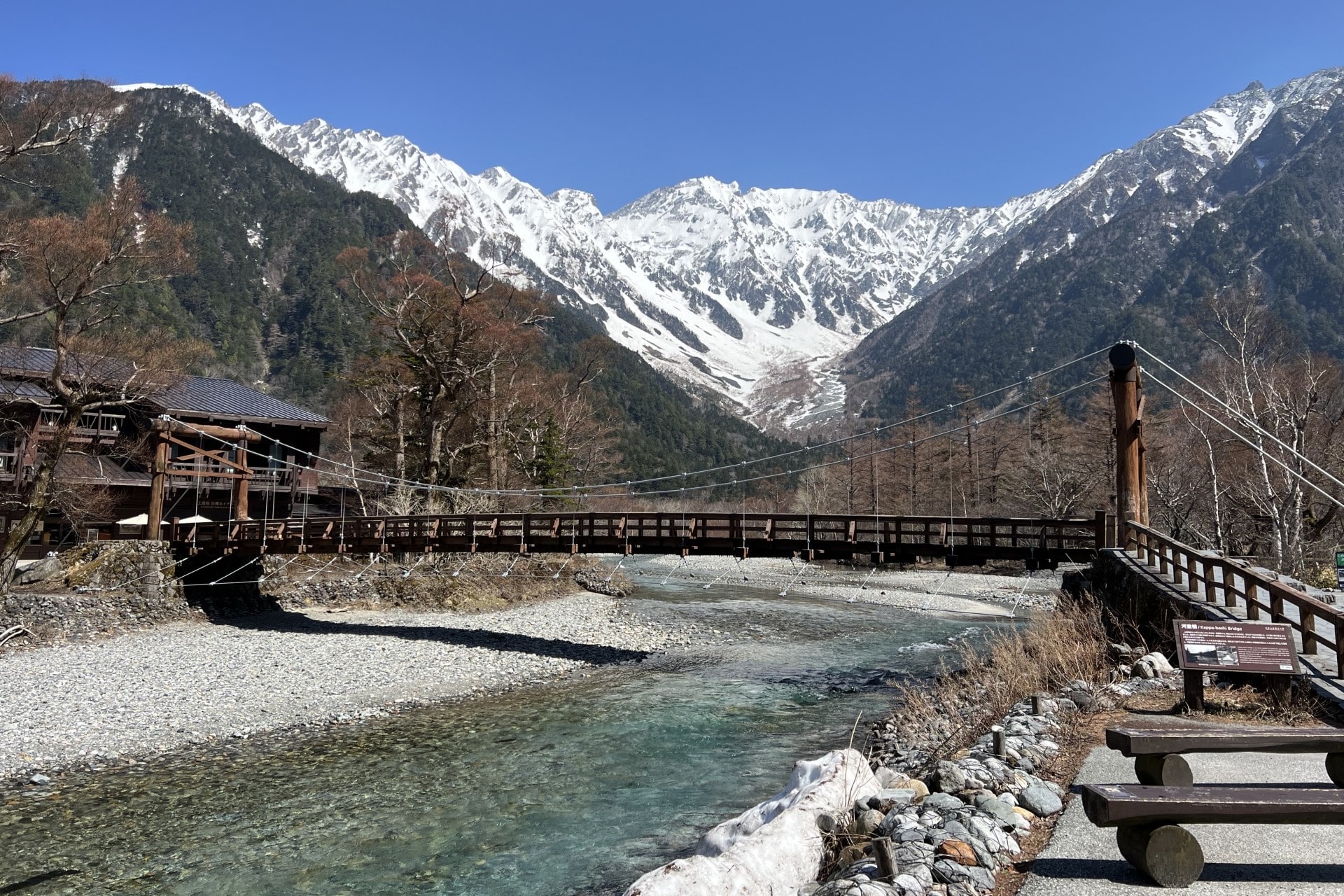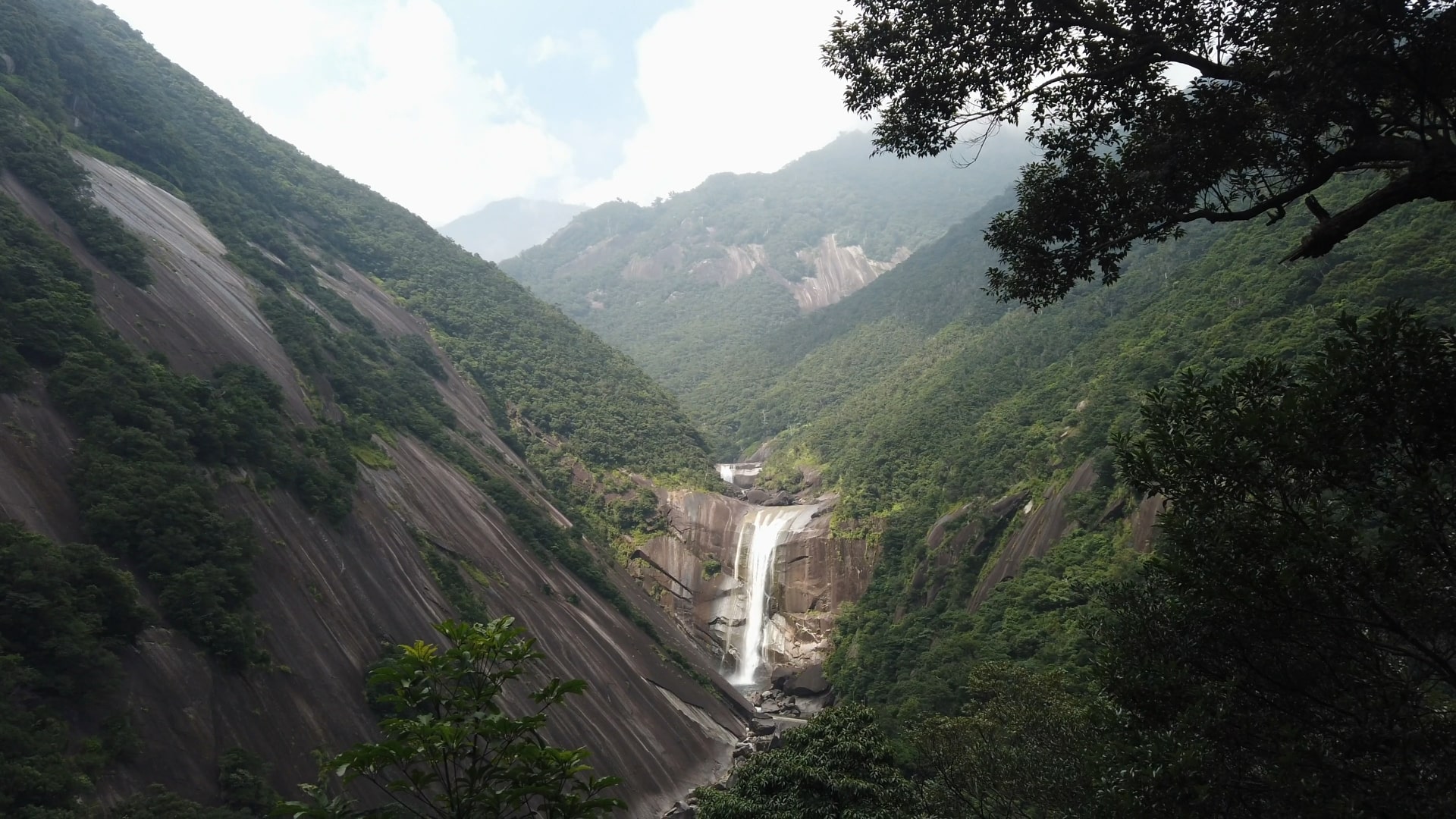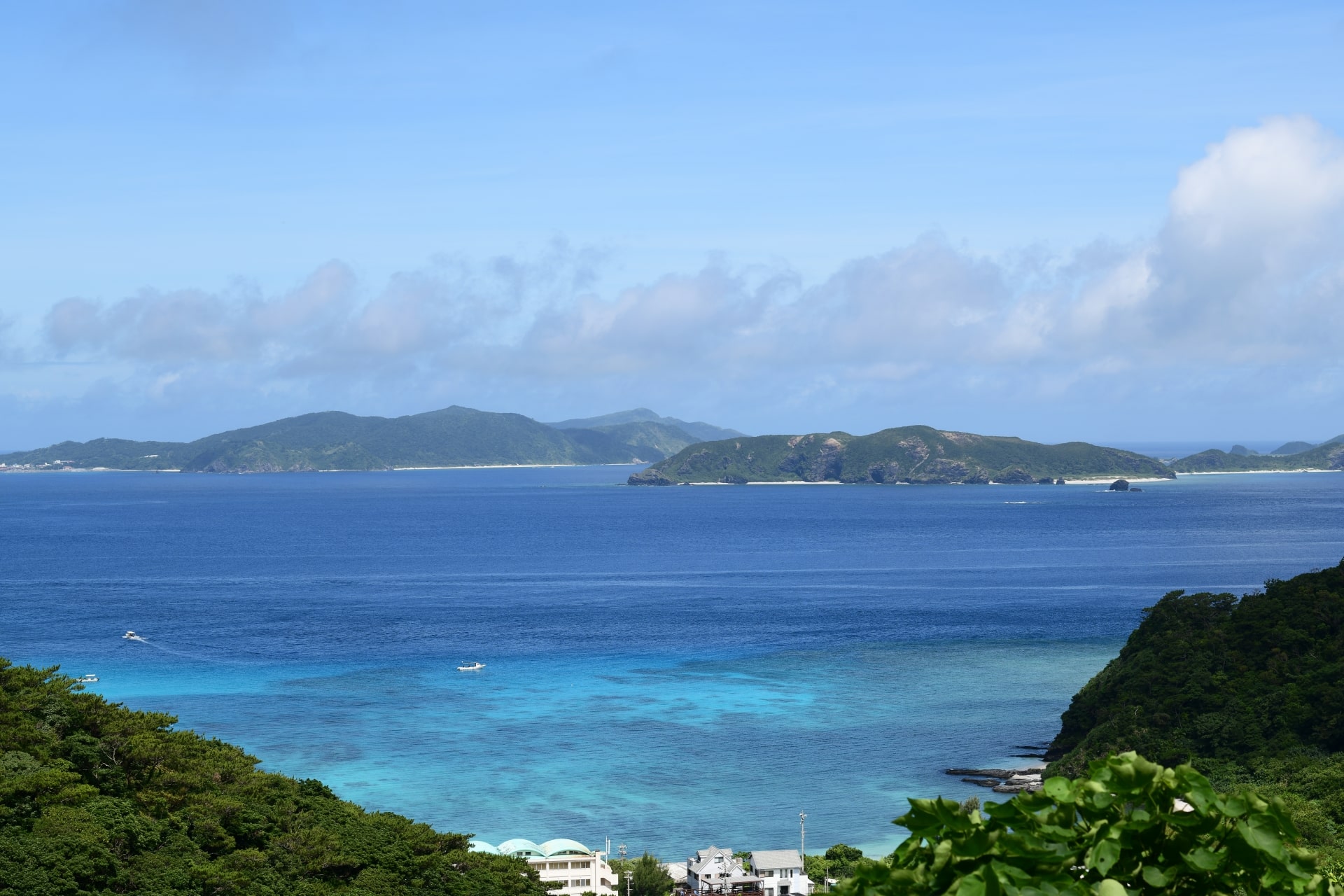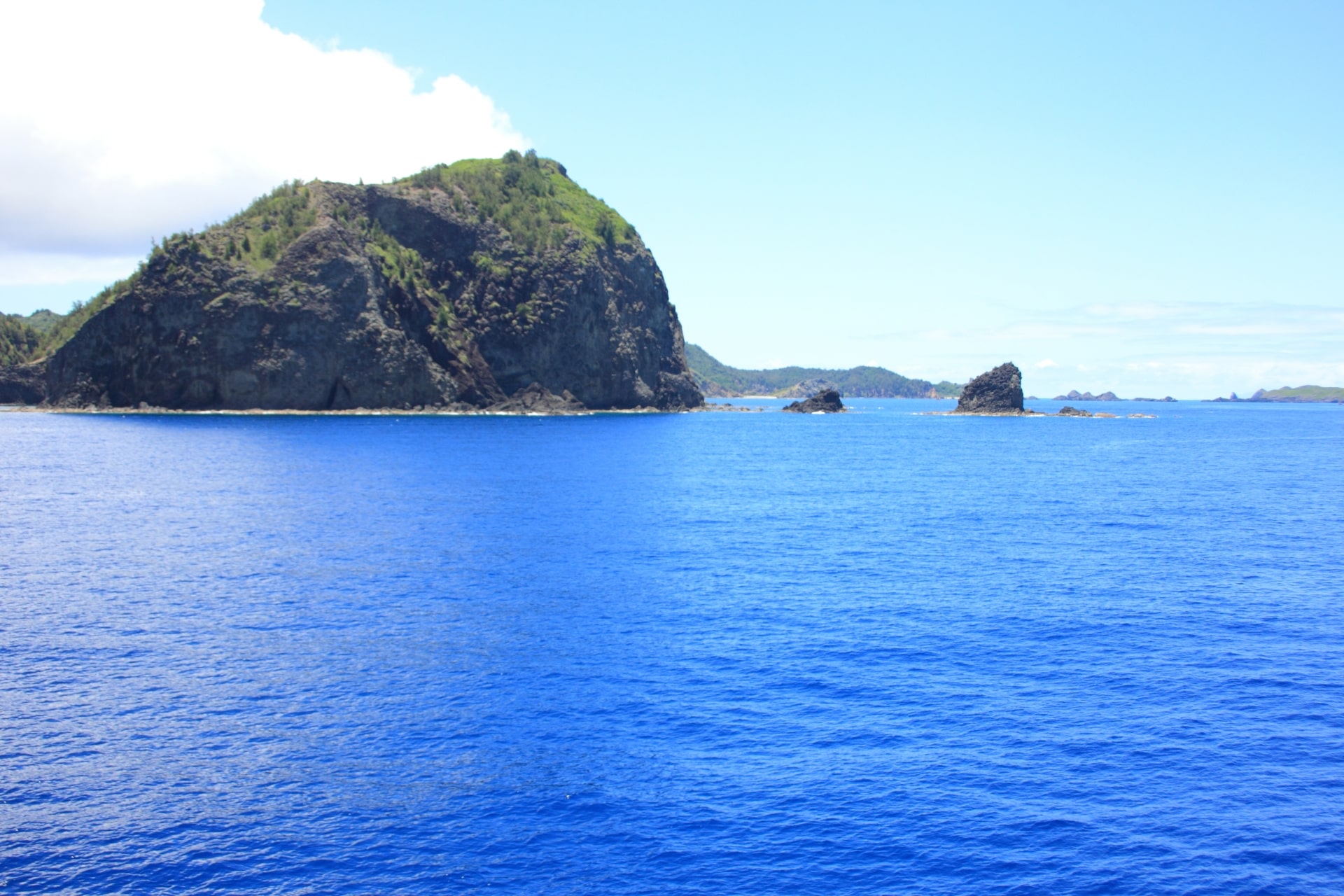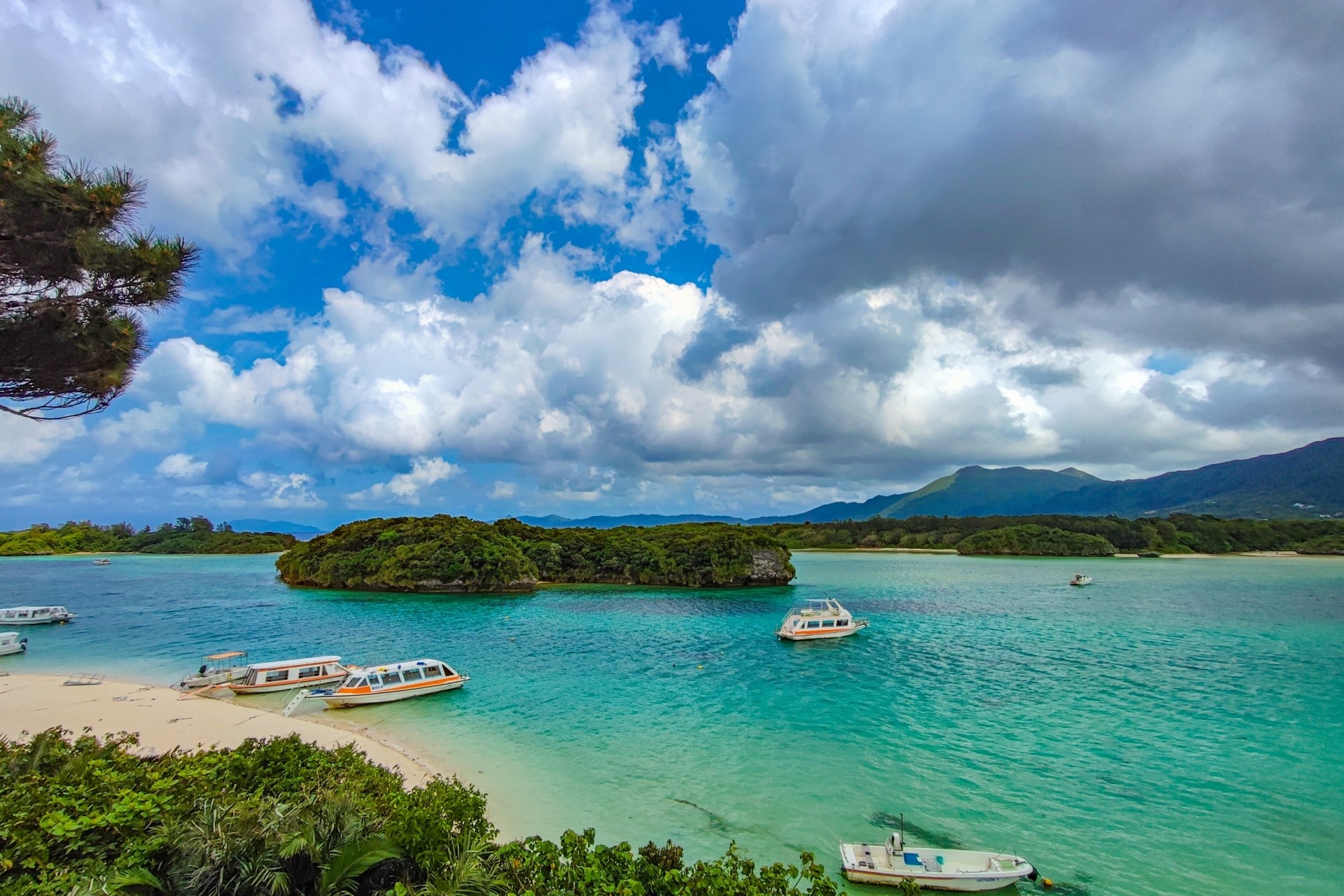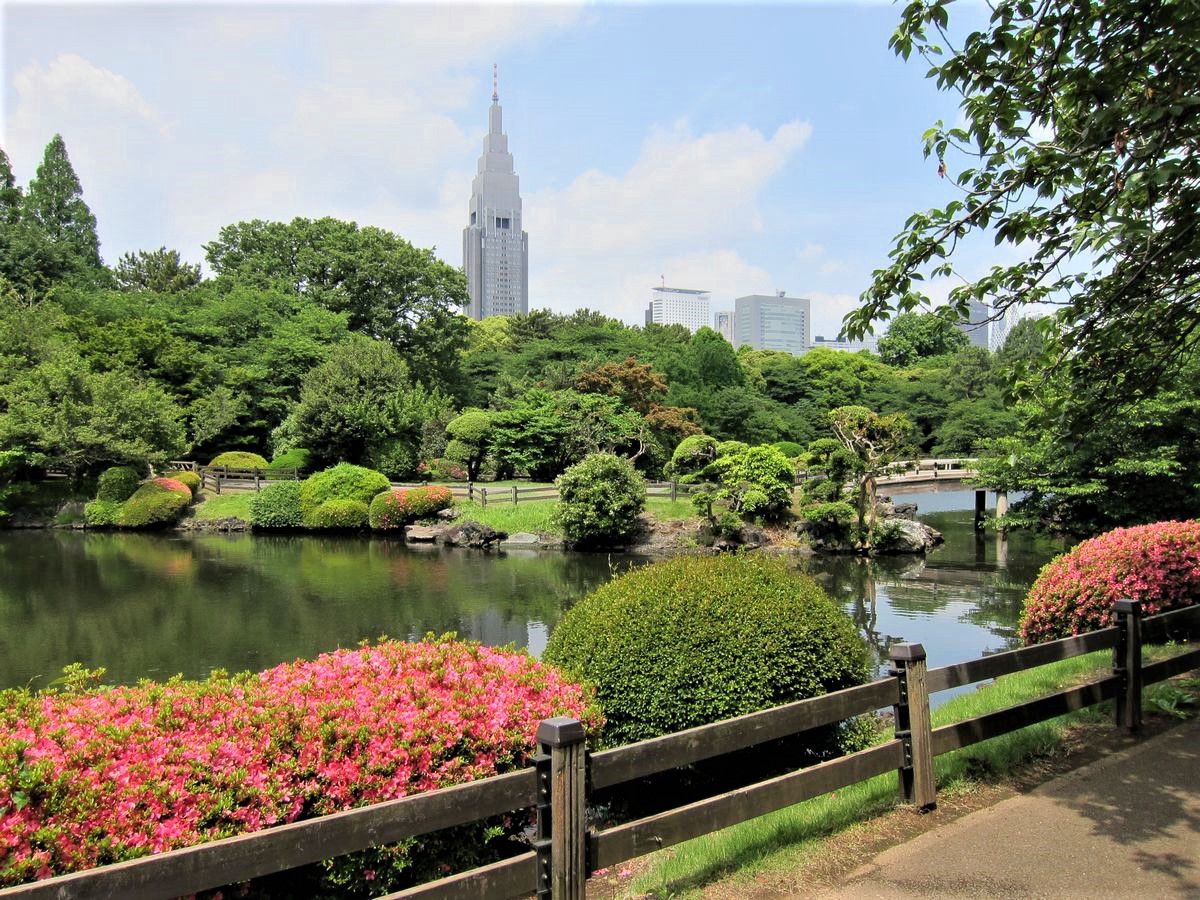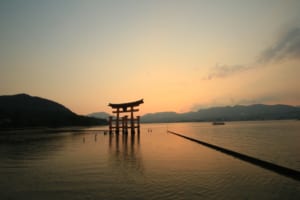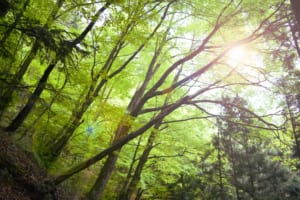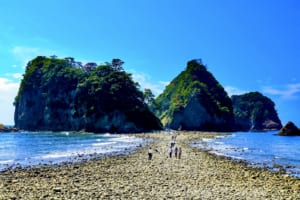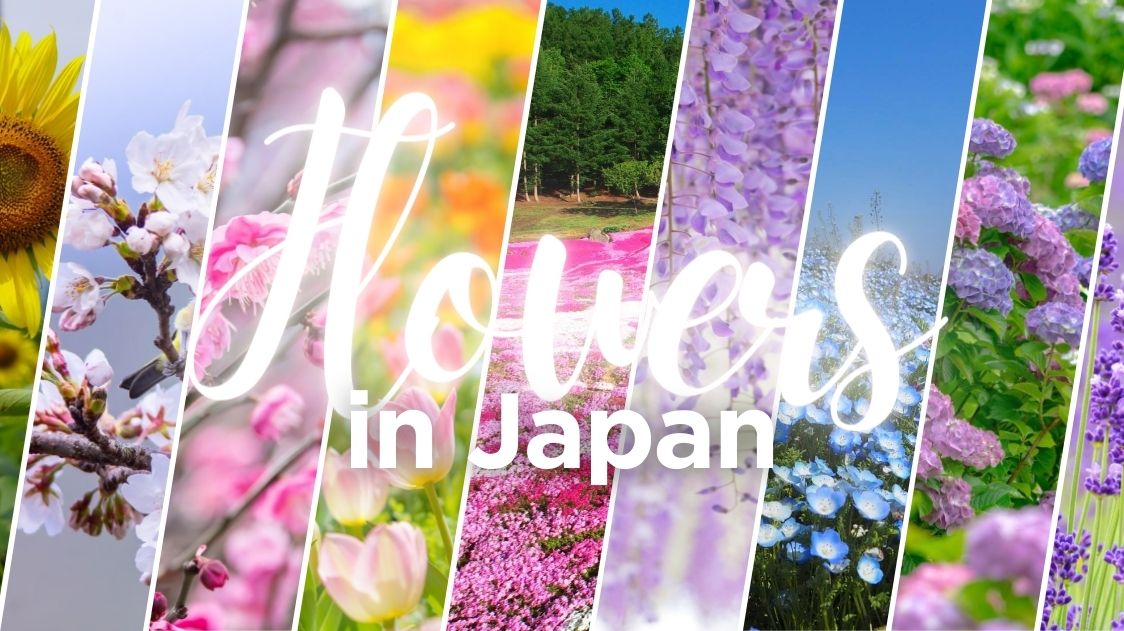Best National Parks in Japan
A Journey Through Japan's Natural Heritage

Japan’s national parks stand as vibrant showcases of the country’s extensive natural diversity. These areas are interwoven with the nation’s cultural essence, symbolizing the often complex integration of man with the natural world. Within their bounds, you can traverse from fiery volcanic landscapes, narrating the earth’s dynamic history, to ancient, whispering forests, holding centuries-old tales.
For those eager to dive into Japan’s rich environmental landscapes, these parks offer a backdrop for adventure but also a peaceful refuge from the pace of contemporary life. They’re essential destinations for anyone seeking to engage deeply with Japan’s multifaceted natural splendor.
1. Shiretoko National Park, Hokkaido
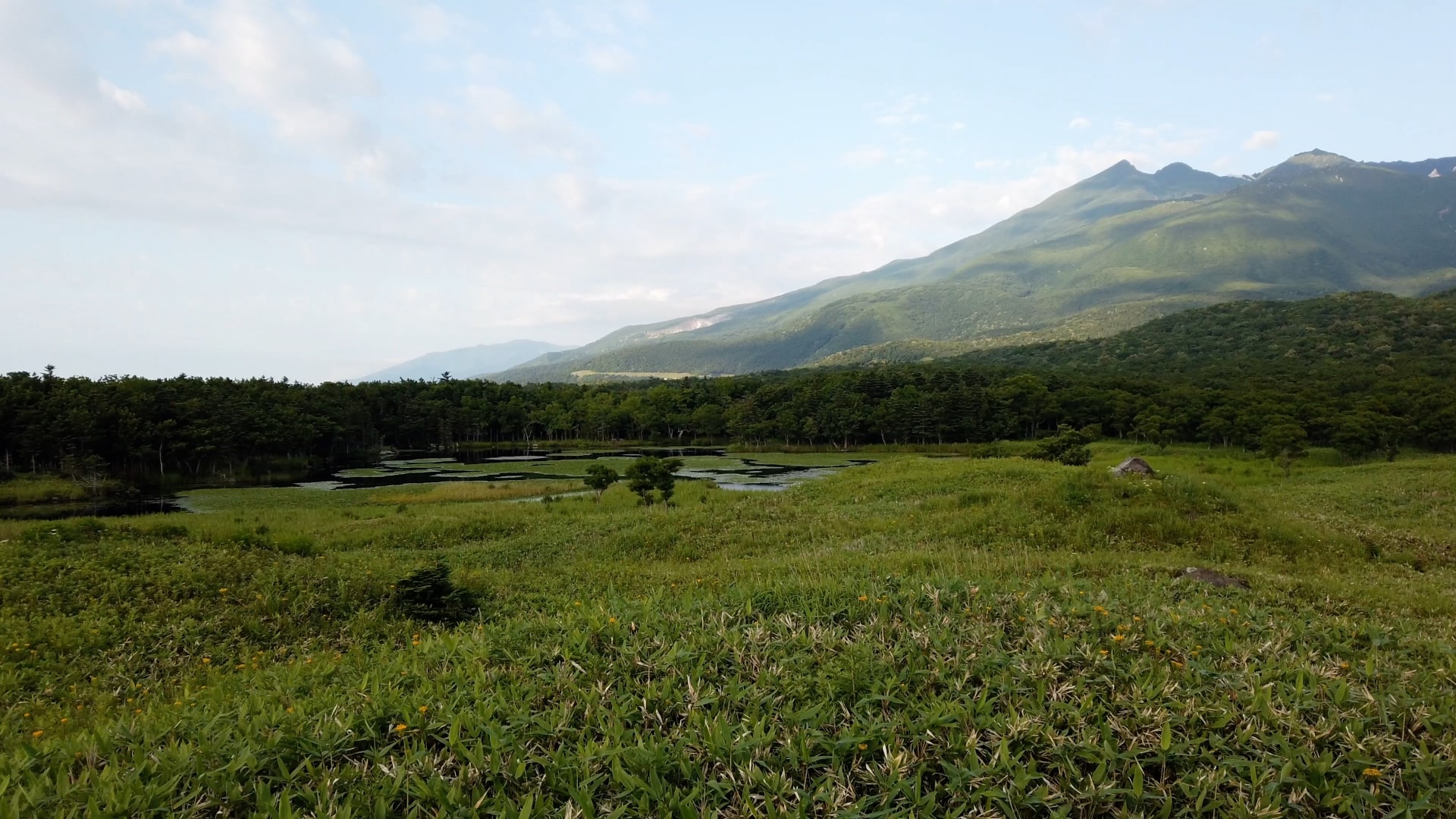
Shiretoko’s marine environment is equally impressive, with its rich biodiversity making it an excellent location for whale and dolphin watching. The park offers a range of outdoor activities, from hiking trails that weave through its untouched landscapes to ice floe walks in winter, providing an intimate experience with nature’s wonders. Shiretoko is a symbol of conservation success, where human access is carefully managed to preserve its natural state, making every visit a unique encounter with the wild.
More info: Shiretoko National Park: the Great Northeastern Park in Hokkaido
 Access Access |
1h expressway bus from Shiretokoshari Station or 70-min bus from Nakashibetsu Airport |
|---|---|
 Official Website Official Website |
https://www.env.go.jp/park/shiretoko/ |
2. Akan Mashu National Park, Hokkaido
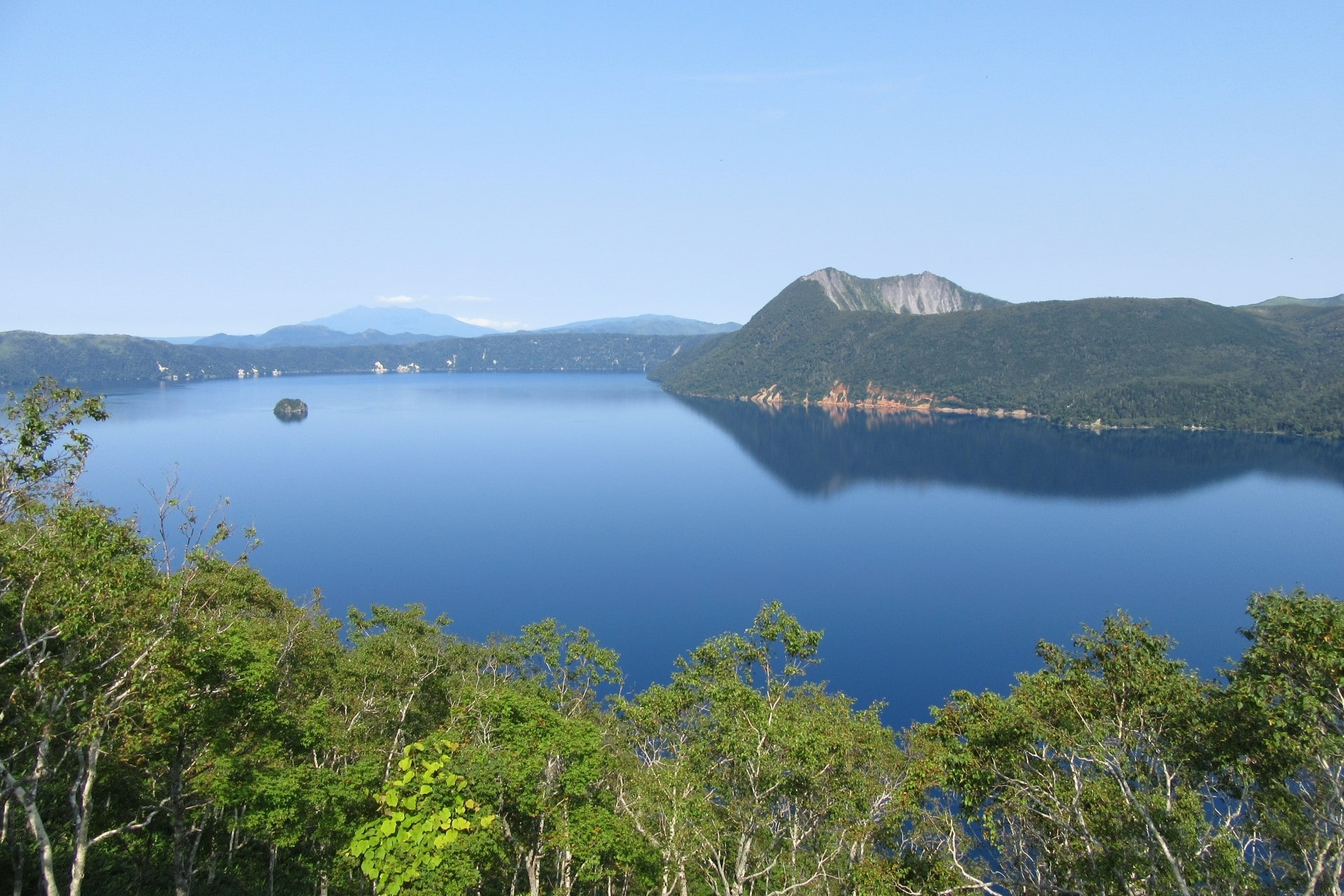
The park’s diverse ecosystems support a wide array of wildlife, including the indigenous Ainu culture, which adds a rich cultural layer to the visitor’s experience. Hiking trails and hot springs scattered throughout the park provide a glimpse into the volcanic activity that shaped this landscape. Akan Mashu is a destination where visitors can immerse themselves in the tranquility of nature, from the misty shores of its lakes to the panoramic views from its peaks.
 Access Access |
Buses are available but schedules are quite irregular. Access is easier driving from Akanko Onsen or Kawayu Onsen |
|---|---|
 Official Website Official Website |
https://www.env.go.jp/park/akan/index.html |
3. Daisetsuzan National Park, Hokkaido
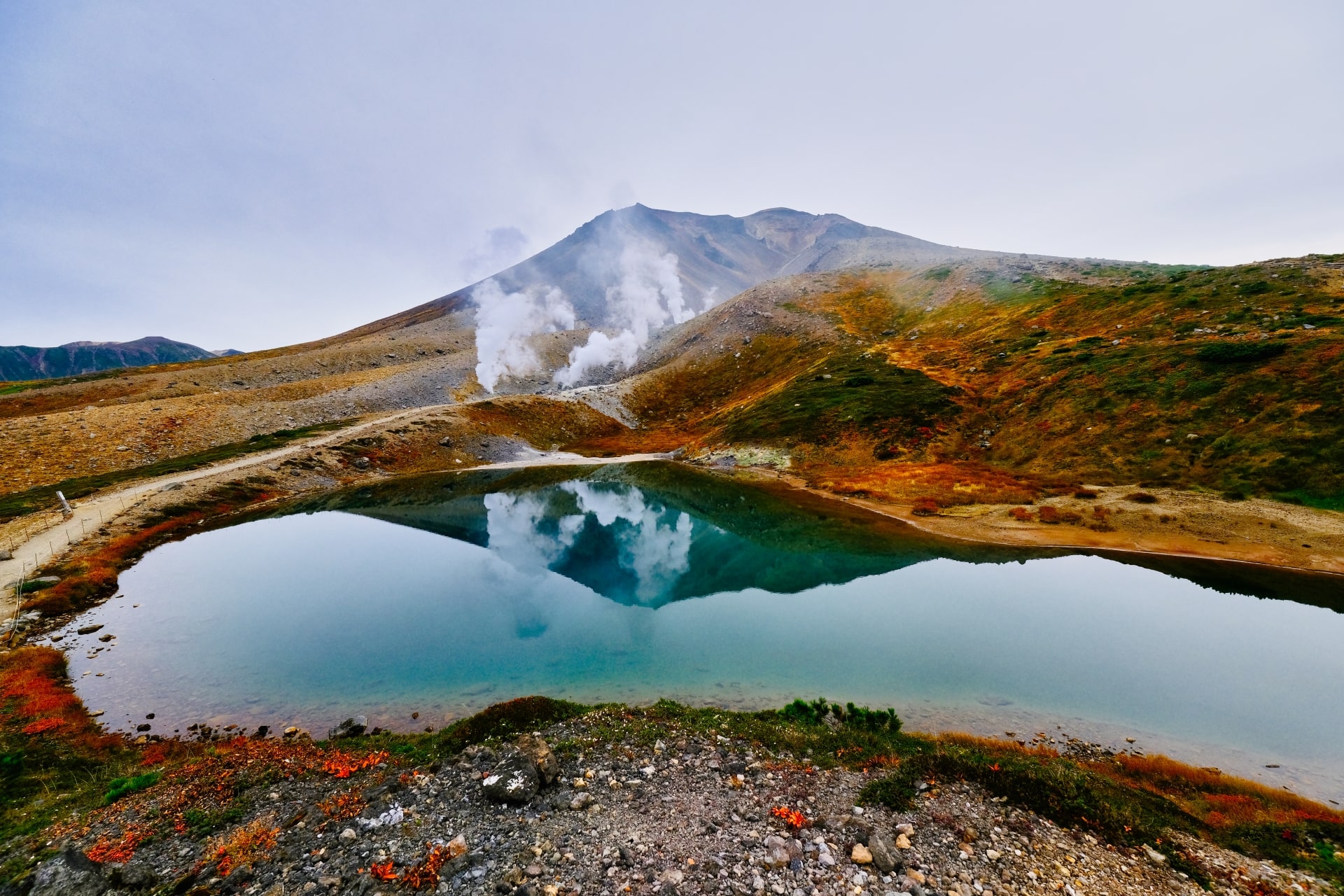
Daisetsuzan is significant not only for its natural beauty but also for its spiritual importance to the indigenous Ainu people. The park’s vast wilderness provides a refuge for species such as the brown bear, sika deer, and numerous bird species, making it a critical area for biodiversity.
More info: Hiking at Mt Asahi Daisetsuzan National Park, Hokkaido
 Access Access |
Some local buses are available from Asahikawa Station but it’s advisable to get a rental car from Sounkyo Onsen or Asahidake Onsen. |
|---|---|
 Official Website Official Website |
http://www.env.go.jp/park/daisetsu/ |
4. Nikko National Park, Tochigi
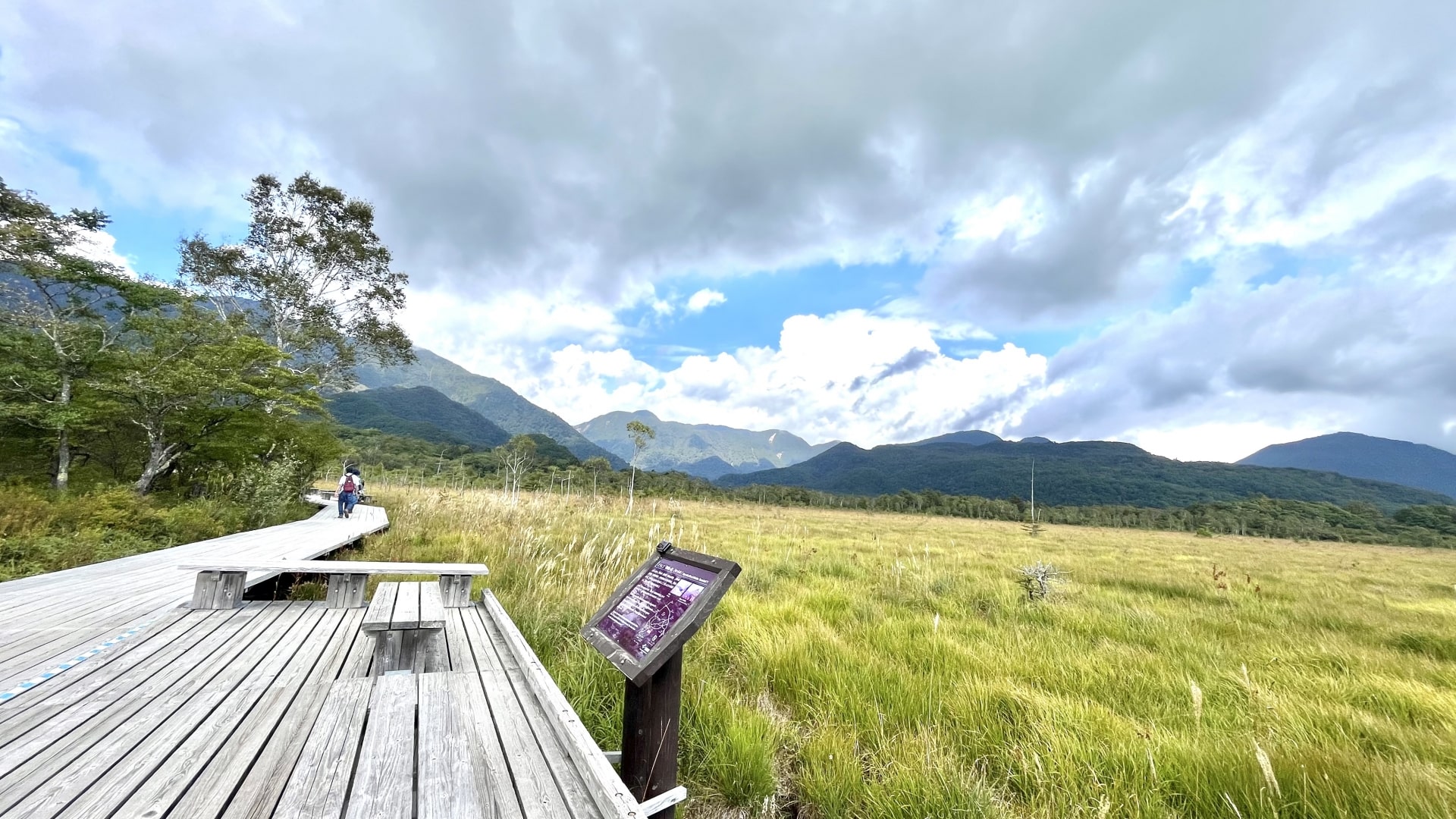
The area is a paradise for outdoor enthusiasts, with numerous hiking trails that wind through scenic forests and along mountain ridges, offering breathtaking views. Seasonal changes transform the park into a kaleidoscope of colors, from the delicate pinks of cherry blossoms in spring to the rich hues of autumn leaves.
 Access Access |
Access through Nikko Station or Tobu-Nikko Station |
|---|---|
 Official Website Official Website |
https://www.env.go.jp/park/nikko/ |
5. Chubu Sangaku National Park, Nagano
Chubu Sangaku National Park (中部山岳国立公園), located in the heart of Honshu, is celebrated for its majestic Northern Alps. The park is an alpine paradise, offering some of Japan’s most spectacular mountain scenery, including towering peaks, deep valleys, and cascading waterfalls. Key highlights include the Hotaka and Tateyama mountain ranges, where seasoned climbers and casual hikers alike find trails that challenge and inspire.
The park’s diverse ecosystems support a rich flora and fauna, including the elusive ptarmigan and the Japanese serow. During winter, the area transforms into a snow-covered wonderland, attracting ski and snowboard enthusiasts. In the warmer months, the melting snow feeds into the Azusa River, creating vibrant alpine meadows bursting with wildflowers.
 Access Access |
Through Keyakidaira Station or Alpico Kotsu route bus from Shinshimashima Station |
|---|---|
 Official Website Official Website |
https://www.env.go.jp/park/chubu/ |
6. Yakushima National Park, Kagoshima
Yakushima National Park (屋久島国立公園), off the southern coast of Kyushu, is an enchanting island known for its ancient cedar forests, some of which date back thousands of years, like the iconic Jomon Sugi. This UNESCO World Heritage site boasts a unique ecosystem with a rich biodiversity, due to its subtropical and temperate climate zones.
The island’s mountainous terrain, covered in lush, mossy forests, offers trails that range from gentle walks to challenging treks leading to breathtaking vistas. Yakushima’s dramatic coastline, with its rugged cliffs and clear waters, adds to the island’s mystique. The park feels like a close representation of the intricate balance of nature, where the cycles of growth and decay are visible in the ancient trees and verdant undergrowth.
More info: 10 Best Things to Do in Yakushima
 Access Access |
Access through Yakushima Airport. Alternatively, from Kagoshima Port there is a high-speed boat to Miyanoura or Anbo Port in 2-3hr or ferry to Miyanoura in 4-hr. |
|---|---|
 Official Website Official Website |
https://www.env.go.jp/park/yakushima/guide/view.html |
7. Kerama Islands National Park, Okinawa
Kerama Islands National Park (慶良間諸島国立公園), located in the subtropical waters of Okinawa, comprises a group of islands celebrated for their crystal-clear waters and vibrant coral reefs. The park is a marine sanctuary, offering some of the best snorkeling and diving experiences in Japan, with an abundance of colorful marine life.
The islands are also known for their stunning beaches, with fine white sand and emerald green waters, providing idyllic settings for relaxation and water sports. The Kerama deer, an endemic species, can be spotted on some islands, adding to the area’s unique biodiversity. The park plays a crucial role in marine conservation, particularly for sea turtles, which use the beaches as nesting grounds.
 Access Access |
From Naha Tomari Port: 35-min high-speed boat or 70-min ferry to Tokashiki Island, 50-min high-speed boat or 2-hr ferry to Zamami Island or 50-min high-speed boat or 90-min ferry to Aka/Geruma Island. |
|---|---|
 Official Website Official Website |
https://www.env.go.jp/park/kerama/ |
8. Ogasawara National Park, Tokyo
Ogasawara National Park (小笠原国立公園) encompasses the Ogasawara Archipelago, often referred to as the “Galapagos of the East” due to its unique ecosystem and the presence of numerous endemic species. Located over 1000 kilometers south of Tokyo, these remote volcanic islands offer a pristine natural environment that has evolved in isolation. The clear, deep-blue waters are home to vibrant coral reefs, diverse marine life, and are a prime spot for whale watching.
On land, the lush forests are inhabited by rare birds and insects found nowhere else on Earth. The park’s isolation has preserved its natural heritage, making it a valuable site for scientific research and a fascinating destination for eco-tourists. Accessible only by a 24-hour ferry ride from Tokyo, a visit to Ogasawara National Park offers an unparalleled opportunity to experience the beauty of one of Japan’s most untouched and ecologically significant areas.
 Access Access |
24-hr ferry from Takeshiba Passenger Ship Terminal to Chichijima Island Futami Port |
|---|---|
 Official Website Official Website |
http://www.env.go.jp/park/ogasawara/index.html |
9. Towada-Hachimantai National Park, Tohoku
Towada-Hachimantai National Park (十和田八幡平国立公園), straddling the northern regions of Honshu, encompasses the serene Lake Towada, the mystical Oirase Stream, and the rugged Hachimantai plateau. Lake Towada, a caldera lake renowned for its crystal-clear blue waters, offers spectacular views and leisurely boat rides. The Oirase Stream, flowing from the lake, is a tranquil haven with numerous waterfalls along its forested banks, making it a hiker’s and photographer’s paradise, especially in autumn when the foliage is breathtaking.
The Hachimantai area, with its volcanic landscapes, offers rejuvenating hot springs and striking vistas, particularly during the spring thaw and autumn colors. This park provides a diverse range of activities, from kayaking in the lake’s serene waters to trekking the numerous trails crisscrossing the area, catering to nature lovers seeking tranquility and outdoor enthusiasts alike.
 Access Access |
3h Seasonal JR Bus from Shin-Aomori Station to Lake Towada or 2h bus from Morioka Station |
|---|---|
 Official Website Official Website |
https://www.env.go.jp/park/towada/ |
10. Iriomote-Ishigaki National Park, Okinawa
Iriomote-Ishigaki National Park (西表石垣国立公園) in Okinawa combines the rich marine and terrestrial biodiversity of the Yaeyama Islands, including the lush jungles of Iriomote Island and the coral reefs surrounding Ishigaki Island. Iriomote, also deserving of the nickname “Galapagos of the East,” is covered by dense mangrove forests and is home to the rare Iriomote wildcat, an endemic species symbolizing the island’s unique wildlife.
The island’s rivers offer thrilling kayaking experiences through mangroves, leading to secluded waterfalls. Ishigaki is renowned for its world-class diving spots, where divers can explore vibrant coral gardens inhabited by a myriad of marine life, including manta rays. The park’s commitment to conservation helps protect its fragile ecosystems, making it a model for sustainable tourism.
 Access Access |
High-speed boat from Ishigaki Port Remote Island Terminal, 10-min to Taketomi Island, 25-min to Kuroshima Island or 35-min to Iriomote Island. |
|---|---|
 Official Website Official Website |
http://www.env.go.jp/park/iriomote/access/index.html |
These parks, ranging from coastal areas to mountainous terrains, offer a counter-narrative to Japan’s urban identity. They provide a refuge for biodiversity and also a space for visitors to engage with environments that challenge and diverge from the manicured landscapes often associated with the nation. In these parks, the raw force of nature is on full display, inviting a deeper reflection on the relationship between the land and those who tread upon it.
▽Subscribe to our free news magazine!▽
For more information about traveling in Japan, check these articles below, too!
▽Related Articles▽
▼Editor’s Picks▼
Written by
Photographer, journalist, and avid urban cyclist, making sense of Japan since 2017. I was born in Caracas and lived for 14 years in Barcelona before moving to Tokyo. Currently working towards my goal of visiting every prefecture in Japan, I hope to share with readers the everlasting joy of discovery and the neverending urge to keep exploring.





